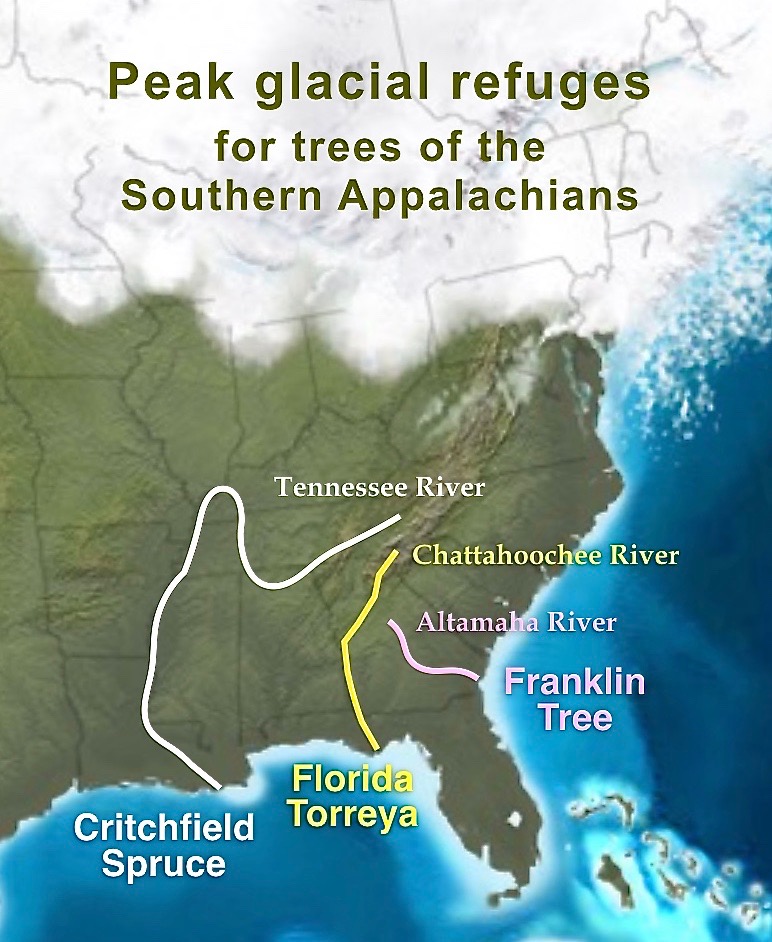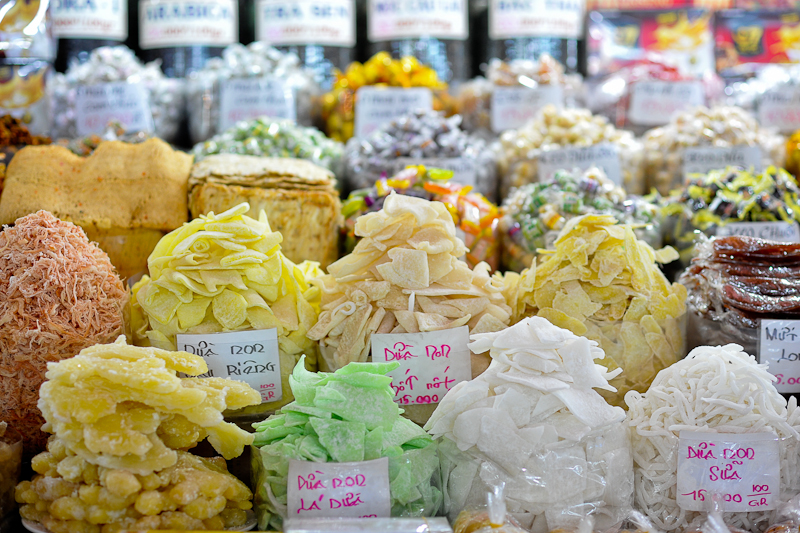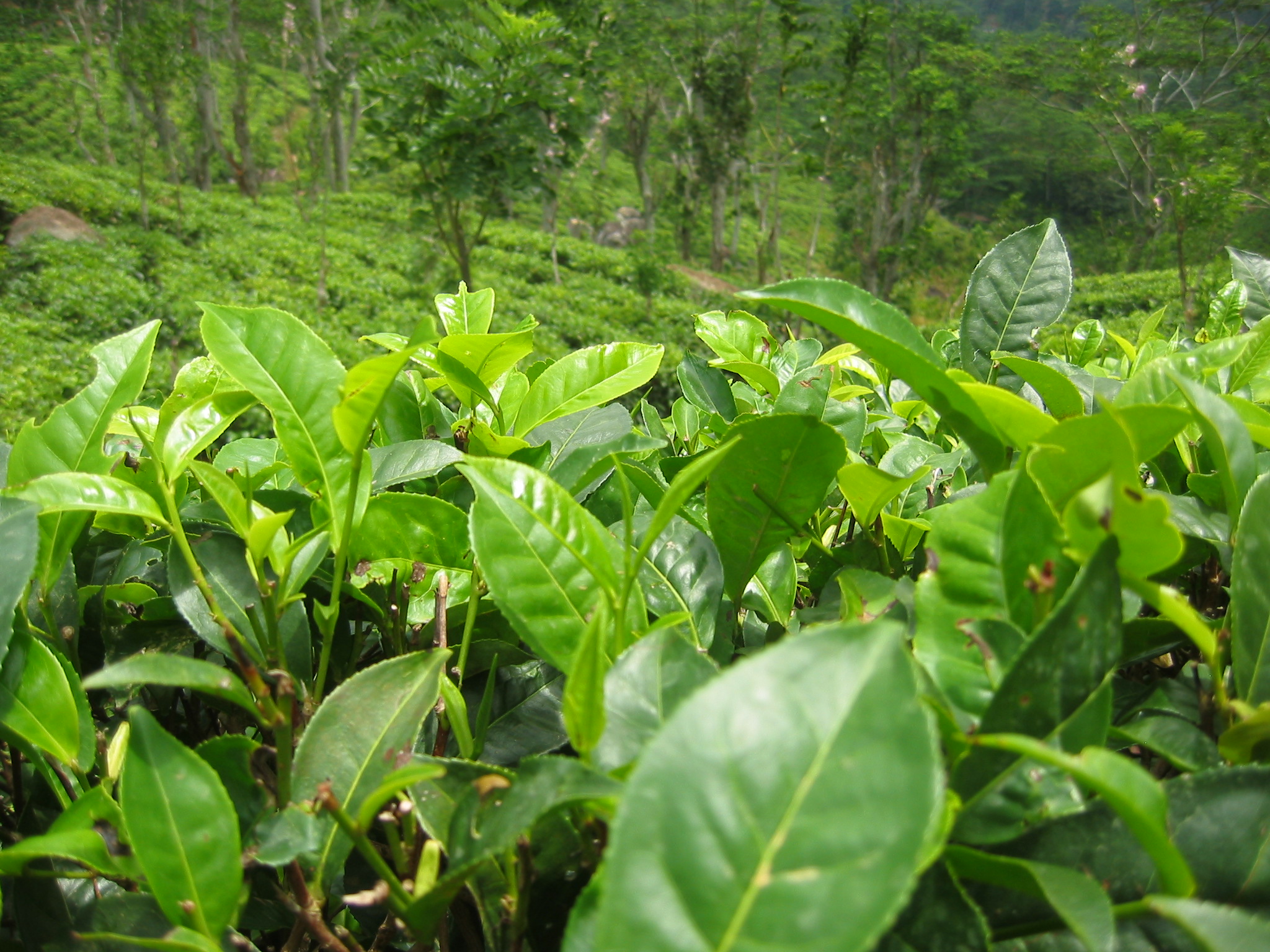|
Camellia Amplexicaulis
''Camellia amplexicaulis'' is a species of flowering tree in the tea family. Originally native to Vietnam, it has been considered extinct in the wild since 2018. It is one of two species of trees in the tea family that only exists in cultivation, the other being ''Franklinia''. It is known in Vietnam as Hải đường. The species was first collected in 1910 in the Tam Đảo region of northern Vietnam. Its habitat was likely tropical and sub-tropical evergreen forests. Although extinct in the wild, it is commonly cultivated in Vietnam and flowers are utilized during the Tết festival. Description ''C. amplexicaulis'' is highly variable in cultivation. The species is a small tree that may grow between 2 and 4 meters tall. Leaves are evergreen, glossy, and clasp the stem. Flowers are pink and emerge in late autumn to early spring. Fruit is round and shiny. Four species were split from ''Camellia amplexicaulis'', including the white-flowered ''Camellia lucii'' in 2015. ''Camel ... [...More Info...] [...Related Items...] OR: [Wikipedia] [Google] [Baidu] |
Charles-Joseph Marie Pitard
Charles-Joseph Marie Pitard, name sometimes given as Charles-Joseph Marie Pitard-Briau (30 October 1873 – 29 December 1927) was a French pharmacist and botanist. In 1899 he obtained his doctorate in natural sciences at the University of Bordeaux, later serving as a professor at the school of medicine in Tours. He conducted botanical and exploratory investigations in the Canary Islands (1904–06), Tunisia (1907–10 & 1913) and Morocco (1911–13). Many of his plant collections were sent to herbaria in Geneva and Paris.JSTOR Global Plants Pitard, Charles-Joseph Marie (1873-1927), biographyBHL Taxonomic literature : a selective guide to botanical publications He was the |
Tea Family
Theaceae (), the tea family, is a family of flowering plants comprising shrubs and trees, including the economically important tea plant, and the ornamental camellias. It can be described as having from seven to 40 genera, depending on the source and the method of circumscription used. The family Ternstroemiaceae has been included within Theaceae;Royal Botanic Gardens, Kew. ''Vascular Plant Families and Genera''TheaceaeWatson, L., & Dallwitz, M. J. (1992 onwards). ''The families of flowering plants''/ref> however, the APG III system of 2009 places it instead in Pentaphylacaceae. Most but not all species are native to China and East Asia. Family traits Plants in this family are characterized by simple leaves that are alternate spiral to distichial, serrated, and usually glossy. Most of the genera have evergreen foliage, but ''Stewartia'' and ''Franklinia'' are deciduous. The toothed margins are generally associated with a characteristic Theoid leaf tooth, which is crowned by a g ... [...More Info...] [...Related Items...] OR: [Wikipedia] [Google] [Baidu] |
Vietnam
Vietnam or Viet Nam ( vi, Việt Nam, ), officially the Socialist Republic of Vietnam,., group="n" is a country in Southeast Asia, at the eastern edge of mainland Southeast Asia, with an area of and population of 96 million, making it the world's sixteenth-most populous country. Vietnam borders China to the north, and Laos and Cambodia to the west. It shares maritime borders with Thailand through the Gulf of Thailand, and the Philippines, Indonesia, and Malaysia through the South China Sea. Its capital is Hanoi and its largest city is Ho Chi Minh City (commonly known as Saigon). Vietnam was inhabited by the Paleolithic age, with states established in the first millennium BC on the Red River Delta in modern-day northern Vietnam. The Han dynasty annexed Northern and Central Vietnam under Chinese rule from 111 BC, until the first dynasty emerged in 939. Successive monarchical dynasties absorbed Chinese influences through Confucianism and Buddhism, and expanded ... [...More Info...] [...Related Items...] OR: [Wikipedia] [Google] [Baidu] |
Extinct In The Wild
A species that is extinct in the wild (EW) is one that has been categorized by the International Union for Conservation of Nature as known only by living members kept in captivity or as a naturalized population outside its historic range due to massive habitat loss. Examples Examples of species and subspecies that are extinct in the wild include: * Alagoas curassow (last unconfirmed sighting reported in the late 1980s, listed extinct in the wild since 1994) * Beloribitsa * Cachorrito de charco palmal (last seen in 1994, listed extinct in the wild since 1996) * Christmas Island blue-tailed skink (listed extinct in the wild since 2014) * Dabry's sturgeon (listed extinct in the wild since 2022) * Escarpment cycad (listed extinct in the wild since 2006) * Franklinia (last seen in 1803, listed extinct in the wild since 1998) * Golden skiffia (listed extinct in the wild since 1996) * Guam kingfisher (listed extinct in the wild since 1986) * Hawaiian crow or ʻalalā (last seen in 20 ... [...More Info...] [...Related Items...] OR: [Wikipedia] [Google] [Baidu] |
Franklinia
''Franklinia'' is a monotypic genus in the tea family, Theaceae. The sole species in this genus is a flowering tree, ''Franklinia alatamaha'', commonly called the Franklin tree, and native to the Altamaha River valley in Georgia in the southeastern United States. It has been extinct in the wild since the early 19th century, but survives as a cultivated ornamental tree. In the past, some botanists have included ''Franklinia'' within the related genus '' Gordonia''. The southeastern North American species '' Gordonia lasianthus'' differs in having evergreen foliage, flowers with longer stems, winged seeds, and conical seed capsules. (''Franklinia'' was often known as ''Gordonia pubescens'' until the middle of the 20th century.) ''Franklinia'' is now thought to be closer in relation to the Asian genus '' Schima''. Recent DNA studies and examinations of floral ontogeny in the Theaceae place ''Franklinia'' together with ''Gordonia'' and ''Schima'' in a subtribe. Hybrid crosses h ... [...More Info...] [...Related Items...] OR: [Wikipedia] [Google] [Baidu] |
Tam Đảo National Park
Tam Dao National Park ( vi, Vườn quốc gia Tam Đảo) is a protected area zone in northern Vietnam. It was established in 1996,''Vietnam: A Natural History'' Eleanor Jane Sterling, Martha Maud Hurley, Le Duc Minh, Minh Duc Le, Joyce Powzyk, 2006, p.208, succeeding from the Conservation Forest Tam Dao which was formed in 1977. The park is about 85 km northwest of . Its exact location is at 21°21’ to 21°42’ North latitude, 105°23’ to 105°44’ East longitude. It spans a large area along the Tam Đảo range and administratively belongs to 6 districts and 1 city: [...More Info...] [...Related Items...] OR: [Wikipedia] [Google] [Baidu] |
Tết
Tết (), short for Tết Nguyên Đán ( Chữ Hán: 節元旦), Spring Festival, Lunar New Year, or Vietnamese Lunar New Year is one of the most important celebrations in Vietnamese culture. The colloquial term "Tết" is a shortened form of , with Old Vietnamese origins meaning "Festival of the First Morning of the First Day". Tết celebrates the arrival of spring based on the Vietnamese calendar, which usually has the date on January or February in the Gregorian calendar. ''Tết Nguyên Đán'' (Spring Festival or Lunar New Year) is not to be confused with ''Tết Trung Thu'' (Mid-Autumn Festival), which is also known as ''Children's Festival'' in Vietnam. ''Tết'' itself only means festival, but is often nominally known as "Lunar New Year Festival" in Vietnamese, as it is often seen as the most important festival amongst the Vietnamese diaspora, with ''Children's Festival'' (Tết Trung Thu) often regarded as the second-most important. Vietnamese people celebrate Tế ... [...More Info...] [...Related Items...] OR: [Wikipedia] [Google] [Baidu] |
Camellia Lucii
''Camellia lucii'' is a species of flowering tree in the tea family. Originally native to Vietnam, the species is not known to exist in the wild. Discovery ''Camellia lucii'' was first noticed by scientists in 1999 at a commercial nursery in Hanoi. It was stated that the specimen was collected in the mountains near the city. In 2001, cuttings were taken from the specimen and grafted onto ''Camellia amplexicaulis'' rootstocks in Kulnura, Australia Australia, officially the Commonwealth of Australia, is a Sovereign state, sovereign country comprising the mainland of the Australia (continent), Australian continent, the island of Tasmania, and numerous List of islands of Australia, sma .... Additional plants were propagated, and in 2015 the species was formally described. The species epithet is named for André Luc, an expert in ''Camellia''. Description ''C. lucii'' is a small, flowering tree that strongly resembles ''C. amplexicaulis'', but has white flowers. It can also ... [...More Info...] [...Related Items...] OR: [Wikipedia] [Google] [Baidu] |
Camellia Ingens
''Camellia'' (pronounced or ) is a genus of flowering plants in the family Theaceae. They are found in eastern and southern Asia, from the Himalayas east to Japan and Indonesia. There are more than 220 described species, with some controversy over the exact number, and also around 3,000 hybrids. The genus was named by Linnaeus after the Jesuit botanist Georg Joseph Kamel, who worked in the Philippines and described a species of camellia (although Linnaeus did not refer to Kamel's account when discussing the genus). Of economic importance in East Asia, Southeast Asia, and the Indian subcontinent, leaves of '' C. sinensis'' are processed to create the popular beverage tea. The ornamental '' C. japonica'', '' C. sasanqua'' and their hybrids are the source of hundreds of garden cultivars. '' C. oleifera'' produces tea seed oil, used in cooking and cosmetics. Descriptions Camellias are evergreen shrubs or small trees up to tall. Their leaves are alternately arranged, simp ... [...More Info...] [...Related Items...] OR: [Wikipedia] [Google] [Baidu] |
Camellia Pyriparva
''Camellia'' (pronounced or ) is a genus of flowering plants in the family Theaceae. They are found in eastern and southern Asia, from the Himalayas east to Japan and Indonesia. There are more than 220 described species, with some controversy over the exact number, and also around 3,000 hybrids. The genus was named by Linnaeus after the Jesuit botanist Georg Joseph Kamel, who worked in the Philippines and described a species of camellia (although Linnaeus did not refer to Kamel's account when discussing the genus). Of economic importance in East Asia, Southeast Asia, and the Indian subcontinent, leaves of '' C. sinensis'' are processed to create the popular beverage tea. The ornamental '' C. japonica'', '' C. sasanqua'' and their hybrids are the source of hundreds of garden cultivars. '' C. oleifera'' produces tea seed oil, used in cooking and cosmetics. Descriptions Camellias are evergreen shrubs or small trees up to tall. Their leaves are alternately arranged, simple, ... [...More Info...] [...Related Items...] OR: [Wikipedia] [Google] [Baidu] |





